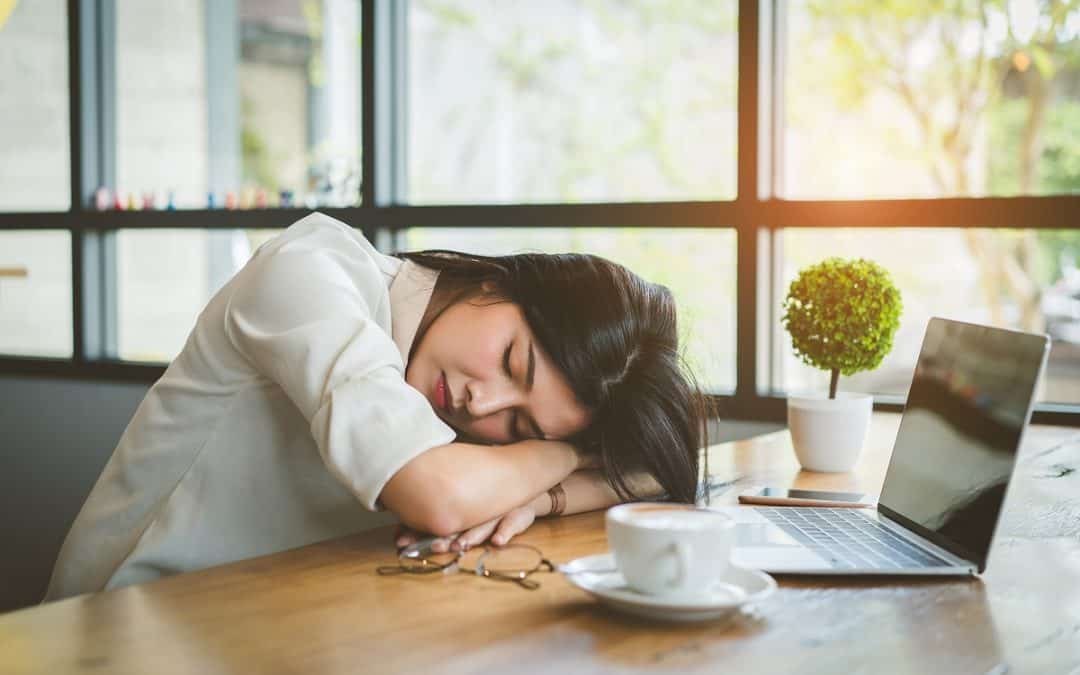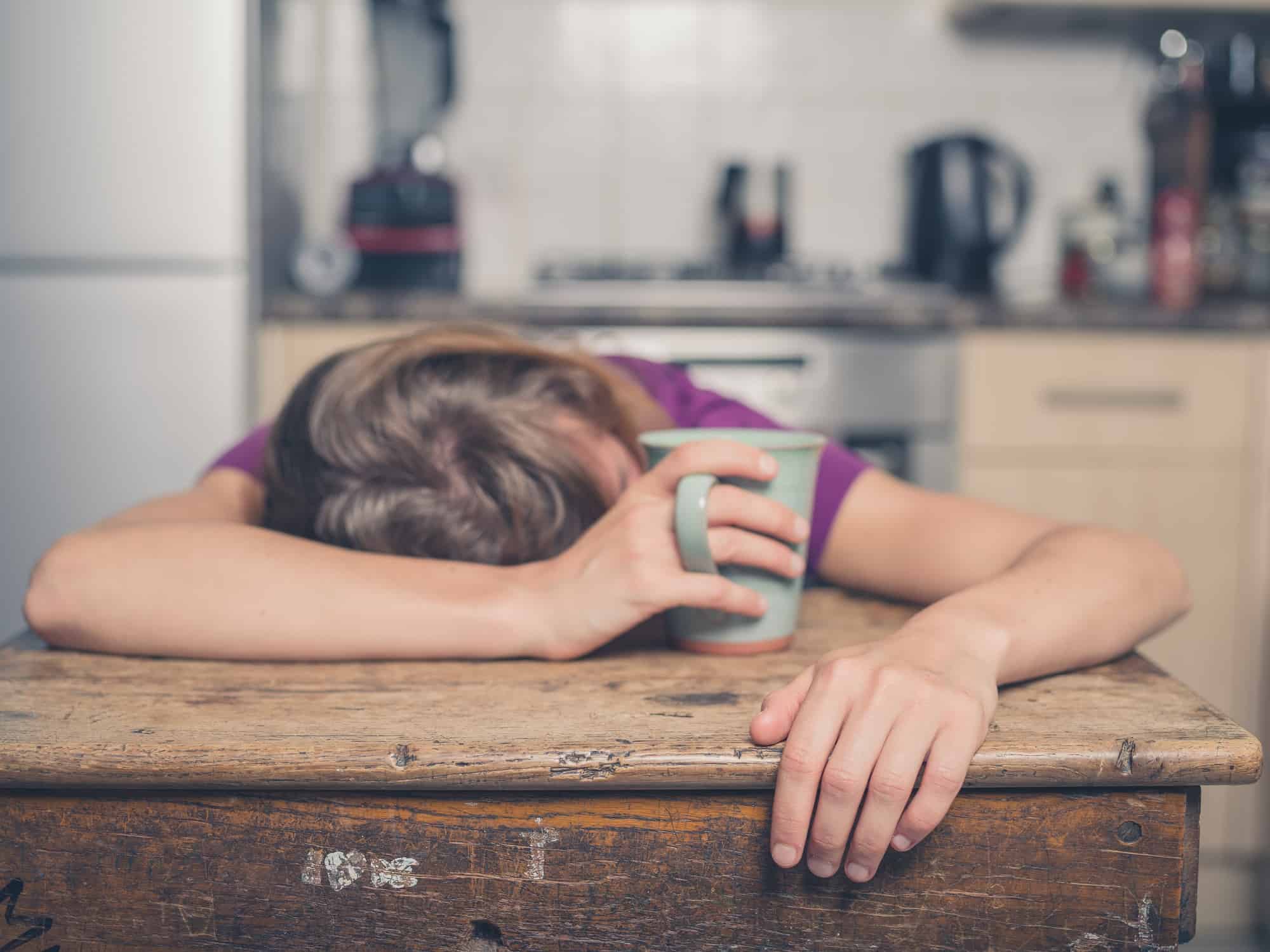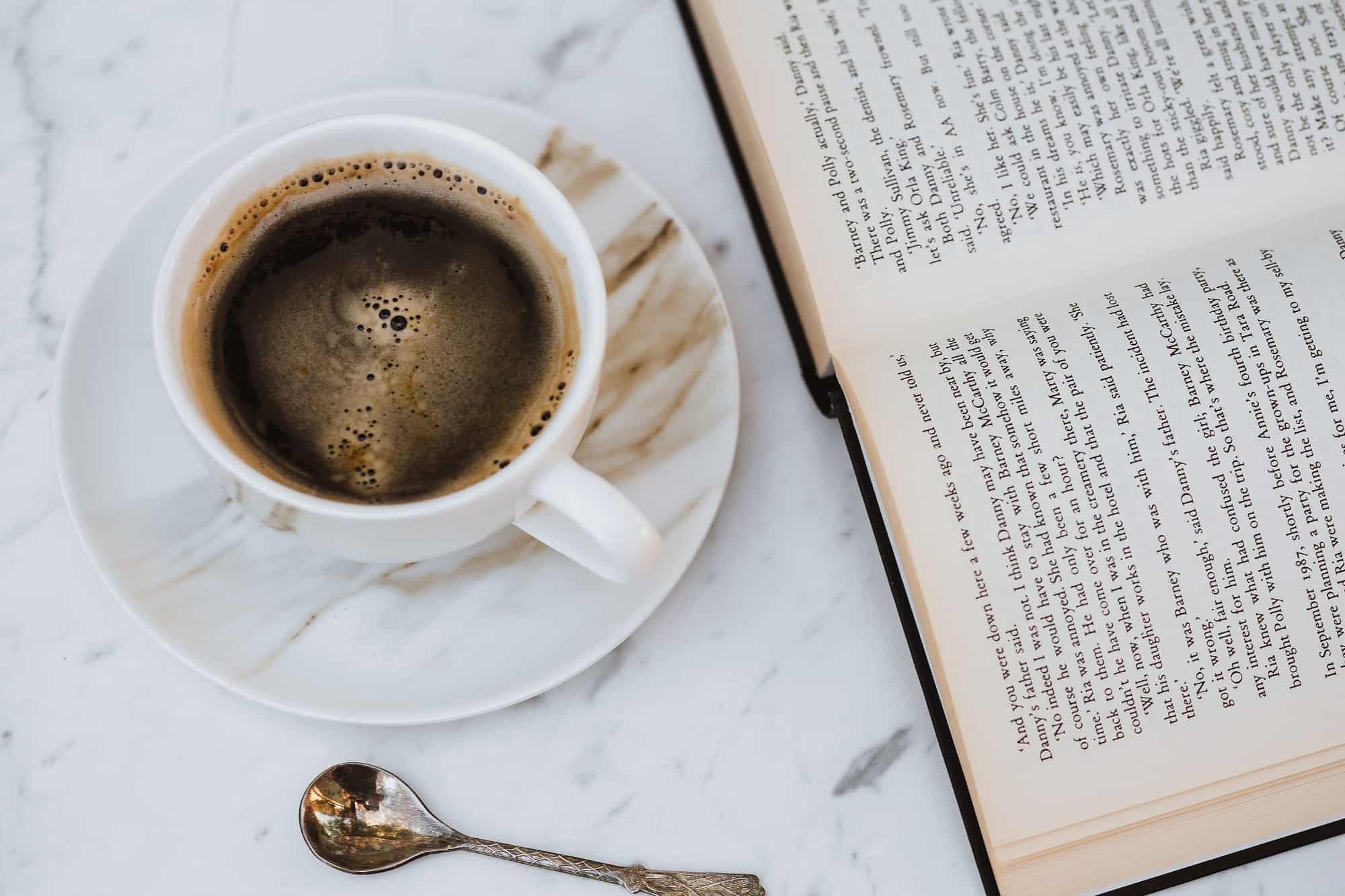When I was three years old, I gave up naps. There were so many other exciting things to spend my time on. And to this day, unless I’m sick, it’s hard for me to rest during the day time. But the science behind this productivity hack sure has me rethinking that: it’s called the coffee nap!
Though I believe that sleep is a beautiful thing, I know we all have periods when we just can’t get into a good sleep routine. And that’s why I was fascinated with this research. Here’s a look into the info behind why scientists feel the “coffee nap” is better than coffee alone or a nap on a comfortable mattress when it comes to raising your productivity and creativity.
The Science Behind the Coffee Nap
Wait a minute. Caffeine interferes with sleep, right? Yes, but it takes around 20 minutes to get to your brain to get you that “kick.” Scientists tell us that if we spend that 20 minutes asleep, you will wake up just in time for the kick with the added benefits of the nap.
Sleep also clears out a molecule called adenosine that occurs naturally in the brain. Adenosine is created in the brain in response to its own activity. Adenosine is the chemical that makes you feel groggy later in the day, as it slows down your brain.
The brain considers caffeine and adenosine very similar to each other. If receptors in the brain have already attracted adenosine, caffeine can’t get in. However, sleep clears out adenosine from brain receptors. As the caffeine makes its way to your brain when you coffee nap, your brain is clearing out any adenosine that is already there. Under these conditions, the caffeine does not have to compete with the adenosine to connect with your brain.
The Benefits of the Coffee Nap
Besides getting to drink coffee, there are many other benefits to the coffee nap. First, the combination of sleep and coffee seem to work much better than coffee alone or napping alone. When you wake up from a coffee nap, you really wake up.
[Note: For best results, go for around 200 mg of coffee before your coffee nap. This corresponds to about 2 cups. 400 mg and above will disrupt your sleep no matter how many naps you take.]
Properly timed, the coffee nap keeps you away from the types of sleep that naturally cause grogginess. 20-30 minutes of sleep is just enough time not to fall into slow wave sleep (SWS) or rapid eye movement (REM), which occurs after SWS. When you awake from either of these types of sleep, you will feel irritable and groggy. Wake yourself up before SWS, and you experience none of the negative wake up symptoms.
The coffee nap has been proven to increase productivity and creativity.
Two separate studies in Japan and the United Kingdom have shown the same effect: People who take coffee naps perform considerably better on tests involving high amounts of brain activity. This productivity is also more sustained than people who simply nap or drink coffee all day.
With so many advantages, you’d have to wonder why taking a coffee nap doesn’t become part of an every day routine. The technique may raise a few eyebrows around the office, so ease everybody into it. Now that you have science behind it, your boss is more likely to believe that you need that 20 minute nap at 10:30 am. After all, it is just what the pH.d. ordered.









